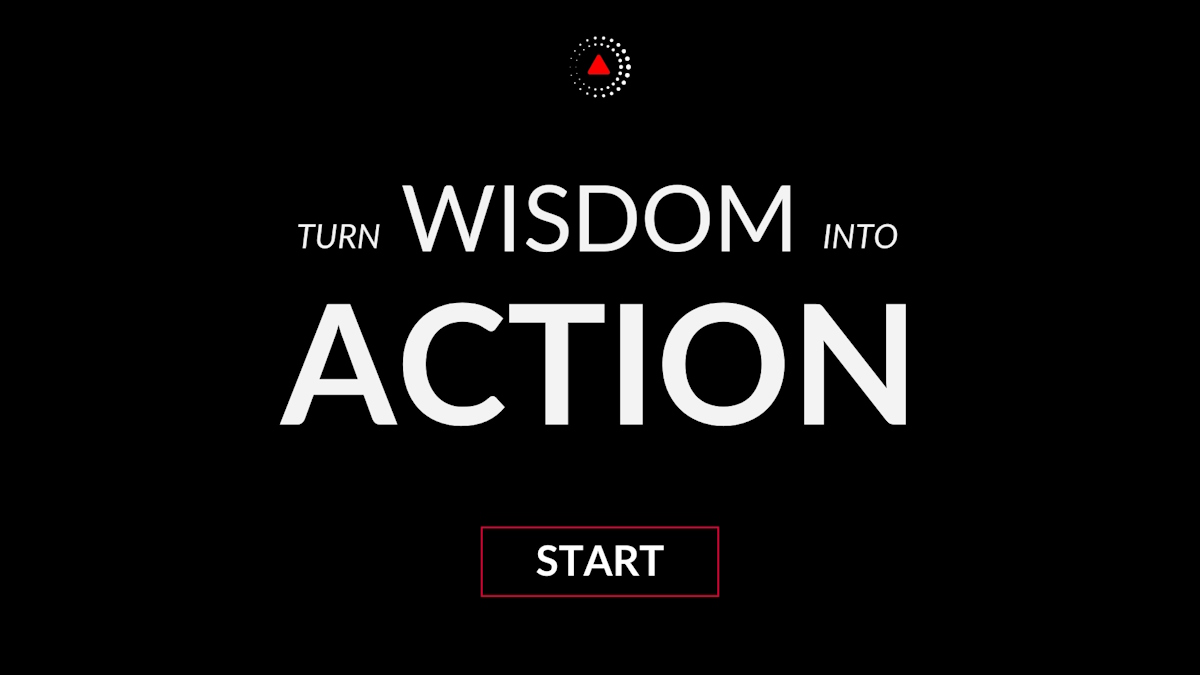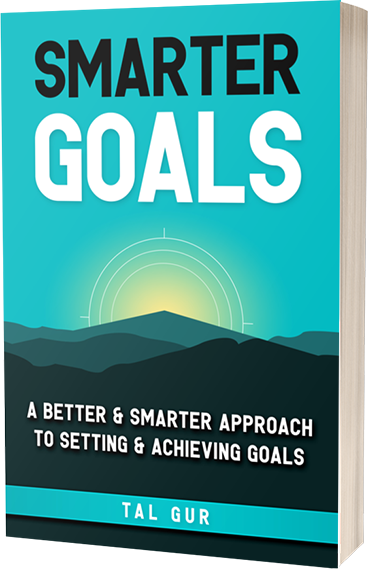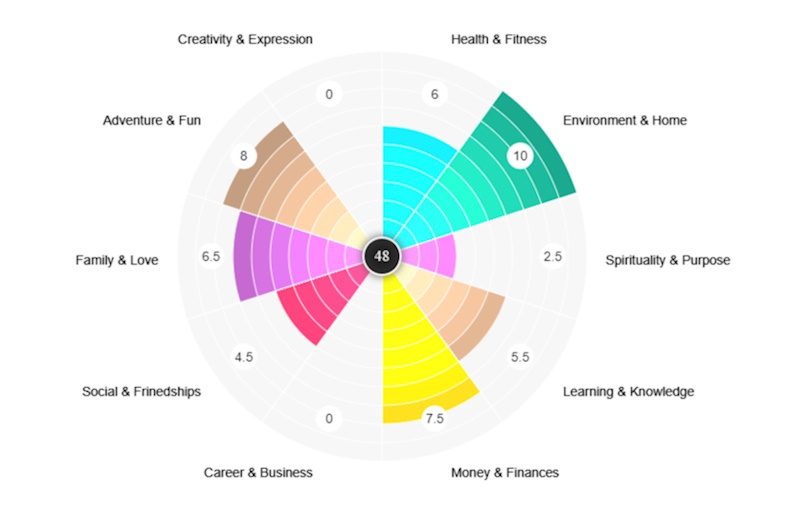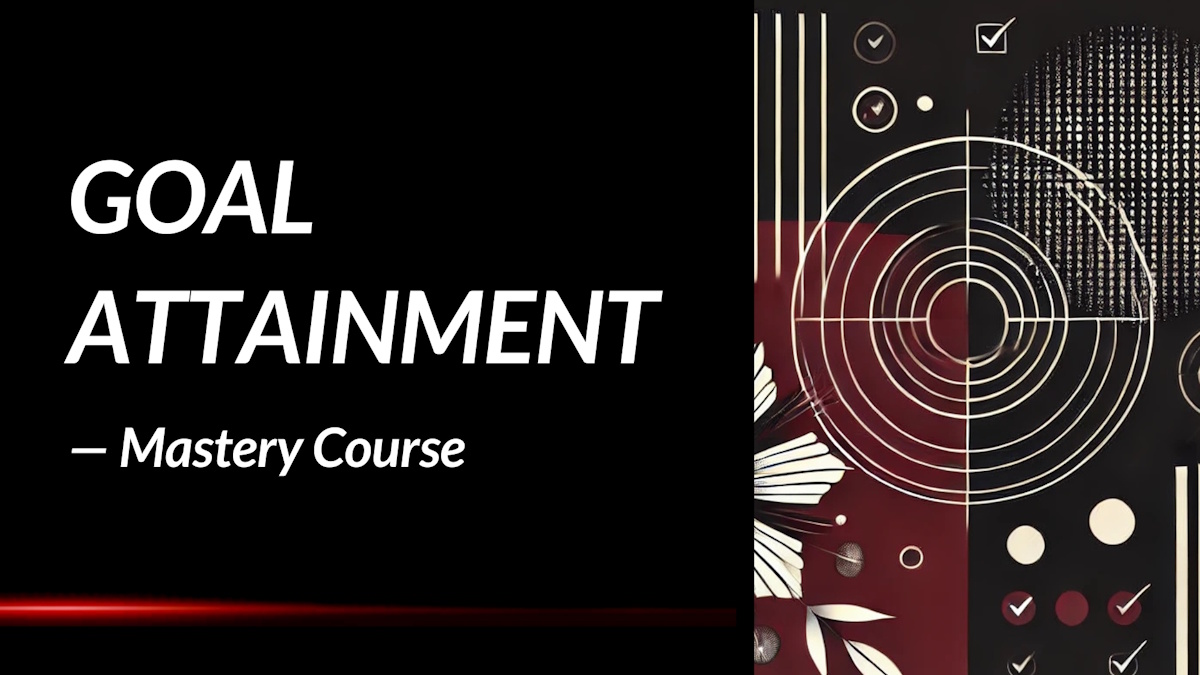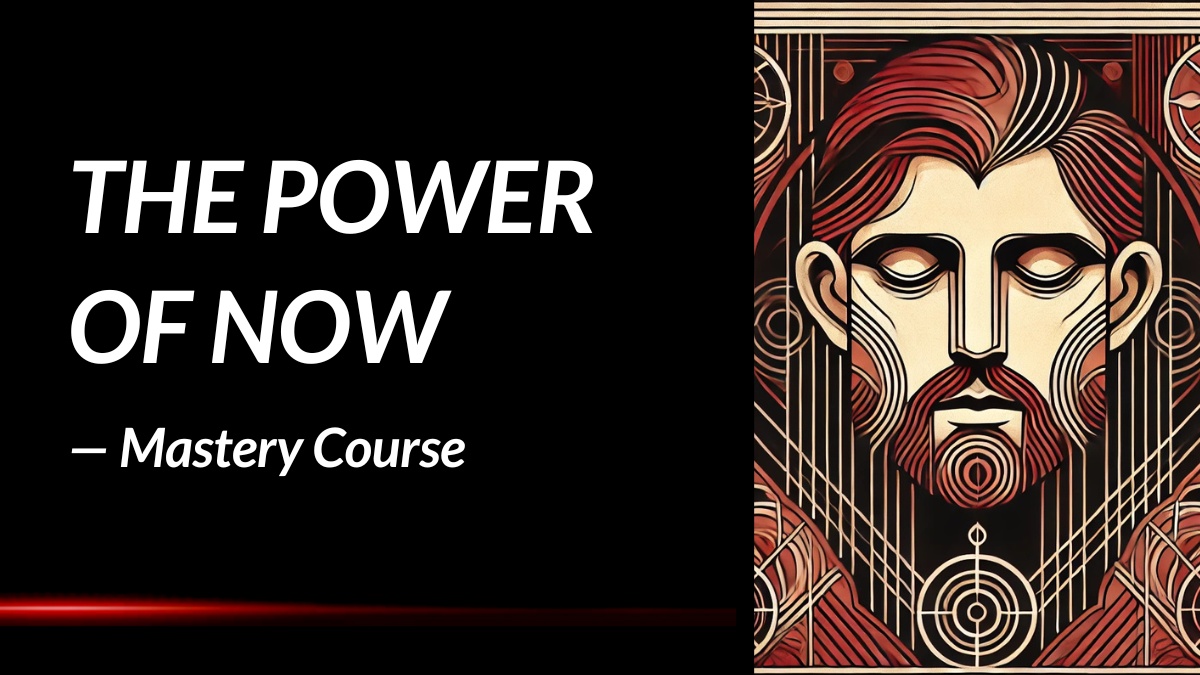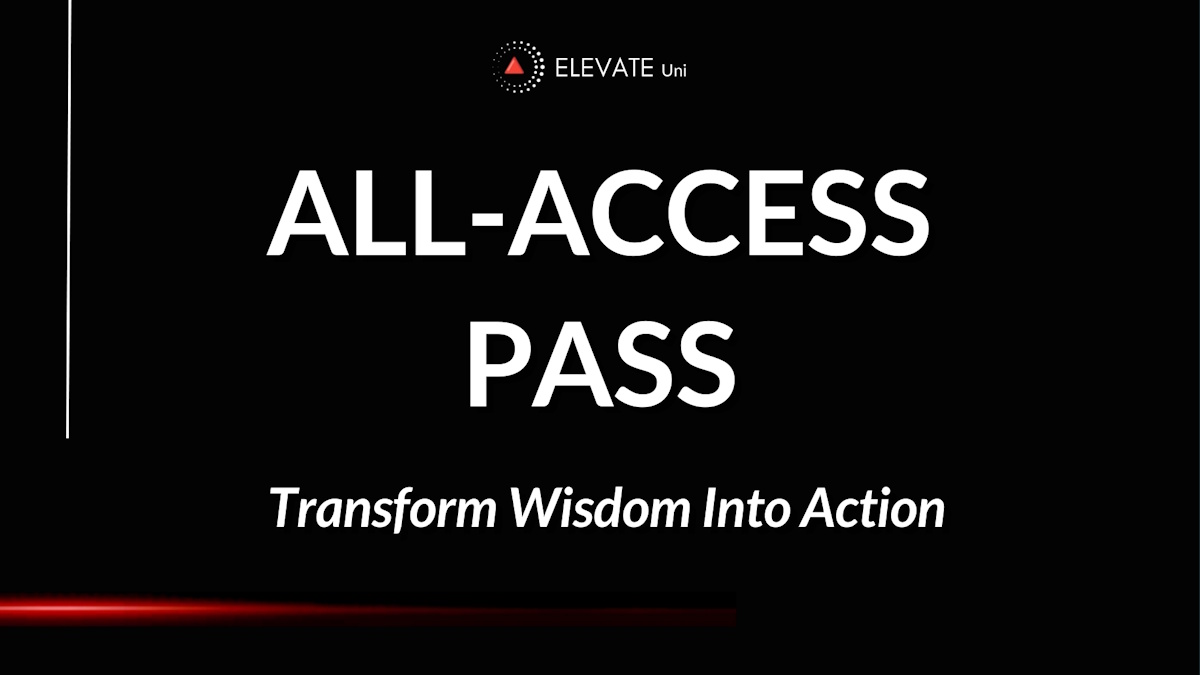What Got You Here Won’t Get You There: Summary Review
What if the very skills that helped you rise to success are now the ones silently sabotaging your future growth? In *What Got You Here Won’t Get You There*, executive coach Marshall Goldsmith unpacks this startling paradox and shows why yesterday’s triumphs may be today’s greatest limitations for high-achieving professionals.
What is the Book About?
This book is a powerful wake-up call for leaders, executives, and professionals who’ve reached a certain level of success but are unknowingly standing in their own way when it comes to moving forward. Marshall Goldsmith doesn’t point fingers—he holds up a mirror. Drawing from decades of coaching top-tier leaders from Fortune 500 companies, he reveals a hidden truth: the behavioral habits that once set you apart may now be the very ones holding you back. This isn’t a book about learning more technical skills or strategies; it’s about confronting subtle behavioral flaws that can sabotage relationships, dilute influence, and stall careers—even for the smartest and most capable people in the room.
The brilliance of Goldsmith’s message lies in his sharp focus on small, often-overlooked behaviors. These aren’t dramatic personality flaws or ethical failings—they’re things like the need to win too much, the desire to add too much value, or the inability to give proper recognition. Individually, these habits might seem harmless. Collectively, they can poison trust, teamwork, and communication. Through engaging stories, practical frameworks, and no-nonsense advice, the book offers a toolkit for self-awareness and lasting behavioral change. Goldsmith’s message is clear: success isn’t just about what you do—it’s about who you are, especially when you're leading others.
Print length: 256 pages
Language: English
Publication date: January 9, 2007
Genre: Business, Leadership, Personal Development
Book Author
Core Theme
The heart of this book is a simple but profound insight: personal behaviors that contributed to past achievements can become obstacles when the context changes—especially in leadership roles. Goldsmith emphasizes that many high-performing professionals fail to advance not because they lack intelligence or ambition, but because they’ve developed behavioral patterns that alienate others or limit their impact. These are not glaring failures, but rather small, habitual actions like interrupting, needing to be right, or withholding praise. These subtle behaviors often go unnoticed by the person displaying them—but they’re noticed by everyone else.
Goldsmith’s approach isn’t to shame or scold; instead, he offers a blueprint for intentional growth. He introduces a framework for identifying harmful behaviors, gathering honest feedback, and implementing real change through the power of personal accountability. What makes this framework powerful is its emphasis on humility and willingness to change. The message isn’t just about being a better boss—it’s about being a better human being. And for those in positions of influence, this shift isn’t just beneficial—it’s essential.
Main Lessons
A few impactful summary lessons from the book:
1. Past success can quietly sabotage future growth
One of the most ironic traps high achievers fall into is assuming their past behavior is the reason they’ve succeeded—and therefore must be preserved at all costs. But what worked before might actually be the very thing holding you back now. This blind loyalty to habits that brought early wins often morphs into a kind of success delusion, where people attribute achievements to personal traits that might actually be flaws in disguise. For instance, someone might credit their rise to competitiveness, when in reality, it’s their ability to lead that earned them promotions. Goldsmith’s core message is brutally simple but often overlooked: the behaviors that got you to the top are not necessarily the ones that will keep you there—or take you higher. The same drive that made you a star contributor can turn into over-control or impatience at the leadership level. Without recognizing this shift, growth stalls and relationships suffer.
2. Winning at all costs is a losing game
There’s a fine line between being driven and being obsessed with victory. Many successful professionals are wired to win—whether it's a meeting, a debate, or a casual conversation. But Goldsmith warns that this compulsion to win in every situation, even when it doesn’t matter, erodes trust and alienates others. It's the need to score the final point in a harmless disagreement or one-up someone else’s idea just to feel superior. Over time, this behavior stops being a strength and starts becoming a repellent. Leaders who cling to the need to always be right risk undermining team spirit, creativity, and collaboration. True leadership is knowing when to let others shine, when to be quiet, and when to let go of the need to dominate every exchange.
3. Feedback is your most accurate personal mirror
Many high performers avoid feedback like the plague—either because they think they don’t need it or because they fear what it might reveal. But Goldsmith insists that feedback is non-negotiable if you want to change. Without it, you’re driving blind. Honest, unfiltered feedback exposes your blind spots—the behaviors you’re unaware of that others see clearly. And it’s these invisible habits that often cause the most damage. Feedback isn’t just about what’s broken; it’s about what could be better. It’s how you find out that your “straight talk” feels harsh, or that your passion comes off as domineering. When you truly hear how you impact others, you gain the power to course-correct and build better relationships.
4. Apologies open the door to transformation
Apologizing might feel like a soft skill, but Goldsmith sees it as the foundation of meaningful change. Without an apology, there’s no acknowledgment of harm, no trust rebuilt, and no emotional contract that says, “I’m serious about getting better.” But the kind of apology that matters isn’t loaded with justifications. It’s clean, clear, and humble: “I’m sorry. I’ll try to do better.” That’s it. No explanations, no deflection, no “but here’s why I did it.” This kind of pure apology is disarming and restorative. It tells others that you’re not just aware of your shortcomings—you’re taking ownership of them. And that’s the first real step toward earning back credibility and goodwill.
5. Goal obsession blinds us to bigger priorities
Being committed to a goal can drive success, but taken too far, it can backfire. Goldsmith identifies “goal obsession” as a hidden trap—the relentless pursuit of an objective that makes you lose sight of the bigger picture. When winning becomes more important than leading well, supporting your team, or maintaining your values, you’re headed for trouble. Leaders who bulldoze their way to deadlines often leave a trail of damaged morale and frayed relationships. Sometimes, the most important thing is not achieving the goal itself, but how you treat people along the way. Letting go of goal obsession doesn’t mean you stop being driven—it means you learn to balance results with respect, ambition with empathy.
6. Empowering others is the highest form of leadership
In the early stages of a career, personal achievement is what gets you noticed. But once you’re in a leadership role, it’s not about you anymore—it’s about the people around you. The true test of great leadership is how well you help others succeed. This shift from personal performance to team empowerment is one of the hardest transitions for successful people. Goldsmith points out that leaders must resist the urge to tweak or add value to every idea, even when they mean well. Sometimes, the best gift you can give someone is the space to own their idea and run with it. By stepping back, you allow others to step up. And in doing so, you build trust, loyalty, and a stronger organization.
7. Listening well is an act of respect, not silence
Too many people confuse listening with simply staying quiet. But real listening is active, focused, and engaged. It’s not about waiting for your turn to speak or mentally editing someone’s words as they talk. It’s about tuning in with full attention, respecting the other person’s perspective, and withholding judgment. Goldsmith makes it clear that poor listening is not just a communication flaw—it’s a sign of arrogance and disrespect. Especially in leadership, failing to listen sends the message that your ideas matter more than anyone else’s. When people feel unheard, they disengage. But when they feel truly listened to, they open up—and that’s when real collaboration begins.
8. Expressing gratitude is powerful, not performative
Saying “thank you” might seem like a minor gesture, but Goldsmith sees it as a transformational practice. Gratitude isn’t just good manners—it’s a sign of emotional intelligence and social grace. It closes conversations with warmth, softens criticism, and strengthens relationships. A genuine “thank you” signals humility and respect, showing that you value the input, time, or effort someone has given you. Leaders who regularly express sincere gratitude create a culture where people feel seen and appreciated. And when people feel appreciated, they give more, care more, and show up with more energy and loyalty. Gratitude, when habitual, turns you into a magnetic leader.
9. Small behavioral flaws carry heavy leadership costs
You don’t need to be a tyrant to derail your leadership. Often, it’s the small, repeated behavioral missteps that do the most damage—sarcastic comments, cutting people off, failing to acknowledge others’ contributions. These aren’t massive character flaws, but their cumulative impact can be huge. As Goldsmith emphasizes, the higher you go, the more visible and influential your behavior becomes. What used to be tolerable at lower levels now shapes culture and performance. So while technical skills get you promoted, it’s your behavior—how you speak, listen, respond—that determines whether people want to follow you. Fixing these habits doesn’t require reinvention—just awareness, intention, and consistency.
10. Personal growth begins when ego takes a back seat
One of the toughest challenges for successful individuals is detaching their ego from their identity. Many of the habits Goldsmith identifies—judging, blaming, refusing to apologize—are rooted in ego and self-protection. Leaders often rationalize these flaws as “just who I am,” using authenticity as a shield against change. But true authenticity isn’t about doubling down on your worst tendencies. It’s about owning them and doing better. Growth starts when you stop defending your behavior and start questioning it. It’s a choice to stop making excuses, stop blaming others, and stop clinging to outdated self-concepts. Because if you want to grow, your ego can’t be in the driver’s seat. It can ride along—but it can’t steer.
Key Takeaways
Key summary takeaways from the book:
- Past success can become the enemy of future growth if we cling to the same habits that once worked for us.
- Small, subtle behavioral flaws—like the need to win or always add input—can damage relationships and leadership effectiveness.
- True transformation requires self-awareness, honest feedback from others, and the humility to change ingrained habits.
- Effective leaders don’t just improve their skills—they master their behavior and its impact on others.
- Success is not just about what you know or do, but about how you show up in your interactions with others every day.
Book Strengths
The book is practical, sharply insightful, and deeply human. Goldsmith doesn’t overcomplicate his message—instead, he delivers straightforward, actionable guidance backed by years of real-world experience. What truly sets this book apart is its focus on behavioral change rather than theoretical leadership concepts. Readers appreciate the candid tone, relatable stories, and clear structure, which makes applying the advice both easy and empowering.
Who This Book Is For
This book is perfect for ambitious professionals, executives, managers, and entrepreneurs who’ve achieved a level of success but feel stuck or stagnant. It’s also ideal for anyone in a leadership role looking to sharpen their emotional intelligence, improve team dynamics, or elevate their impact by refining how they engage with others.
Why Should You Read This Book?
If you’re ready to confront the blind spots that might be holding you back—even subtly—this book will open your eyes in the best way possible. Goldsmith doesn’t just offer insight; he gives you the tools and mindset to level up in your leadership journey. This isn’t just another business book—it’s a personal intervention that could redefine your future.
Concluding Thoughts
*What Got You Here Won’t Get You There* is a rare blend of insight, honesty, and practical wisdom. It challenges the myth that success is a straight line upward and reminds us that every new level of leadership requires a different version of ourselves. What makes this book so impactful is its humanity—it doesn’t preach; it reflects. It doesn’t criticize; it invites transformation. Goldsmith makes you feel like change is possible, even when the habits are deeply rooted.
Whether you're climbing the corporate ladder, running your own business, or simply wanting to grow as a person, this book will hold up a much-needed mirror and then hand you the tools to evolve. It’s not about becoming someone else—it’s about becoming the version of yourself that your future demands.
→ Get the book on Amazon or discover more via the author's website or social channels.
* The publisher and editor of this summary review made every effort to maintain information accuracy, including any published quotes, lessons, takeaways, or summary notes.
Chief Editor
 Tal Gur is an author, founder, and impact-driven entrepreneur at heart. After trading his daily grind for a life of his own daring design, he spent a decade pursuing 100 major life goals around the globe. His journey and most recent book, The Art of Fully Living, has led him to found Elevate Society.
Tal Gur is an author, founder, and impact-driven entrepreneur at heart. After trading his daily grind for a life of his own daring design, he spent a decade pursuing 100 major life goals around the globe. His journey and most recent book, The Art of Fully Living, has led him to found Elevate Society.

